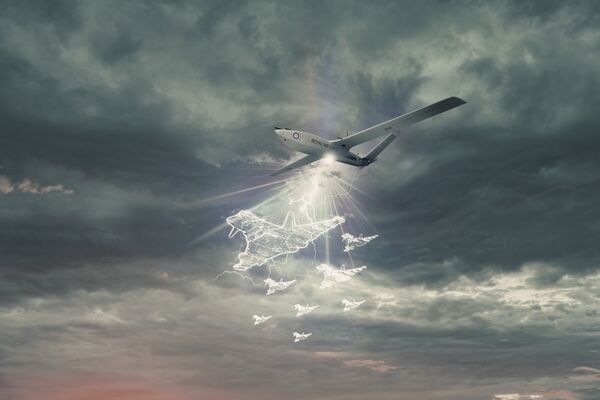
The StormShroud ACP was developed to meet an Urgent Capability Requirement raised by the RAF for a stand-in jammer. (Leonardo)
Taking heed of lessons from the conflict in Ukraine, NATO’s broad effort to recapitalise its suppression of enemy air defence (SEAD) capability is moving towards the accelerated introduction of stand-in jamming as part of a high/low capability mix.
Electronic warfare (EW) practitioners and defence scientific staff speaking at the AOC Europe 2025 conference in Rome in early May affirmed the importance attached to deploying diverse stand-in effects alongside more traditional means of airborne electronic attack (AEA). They also revealed that the NATO Air Force Armaments Group (NAFAG) has directed work to develop a Capability Code to guide acquisition efforts across the alliance.
Rebalancing SEAD
SEAD – a shorthand that describes the methods and means to disrupt, degrade, or destroy the effective functioning of an adversary integrated air-defence system (IADS) – is recognised as fundamental to the success of any air campaign. It enables freedom of action in contested airspace, substantially improves the survivability of friendly air assets, and maximises the probability of prosecuting a successful attack against opposing forces. Suppression can be achieved in one of two ways: non-kinetic SEAD employs forms of electronic attack (EA) to jam surveillance and fire-control radars and disrupt communications nets to create a safe ‘window’ inside the missile engagement zone (MEZ); kinetic SEAD refers to the use of anti-radiation missiles and/or precision-strike weapons to destroy radar sites, surface-to-air missile batteries, and command-and-control nodes.
Gain unlimited access to Janes news and more…
